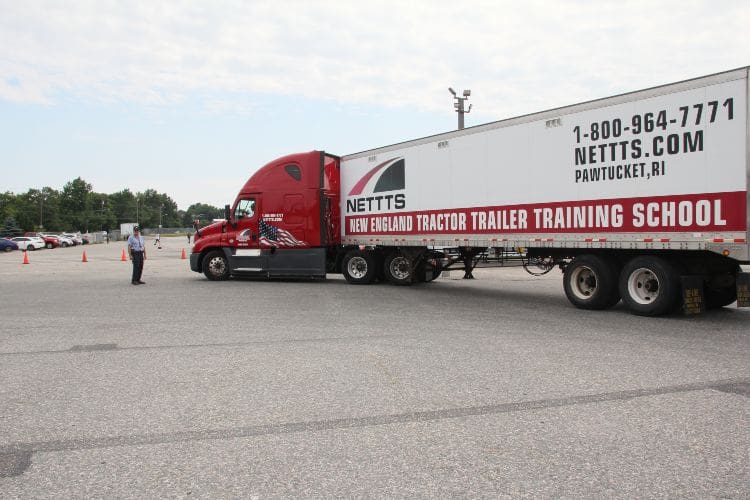
Class A Versus Class B CDL: What’s the Difference?
When choosing which CDL to pursue training for, it can be helpful to know the difference in training, knowledge and vehicle specifications required for each class of CDL. This often begins with considering the kind of vehicles you wish to learn how to drive. This may be an important decision that can help determine which commercial driver’s license (CDL) you may want to train for.
There are three kinds of CDL:
- Class A
- Class B
- Class C
A class A license is considered the “universal” CDL, providing the opportunity to drive multiple types of commercial trucks and tractor trailers. A class B license also allows the operation of different types of vehicles such as straight trucks and dump trucks, but it is more limiting than a class A CDL. The differences between the types of CDL’s relates to the types of vehicles and the weight of the vehicles, particularly the load that the vehicles will be towing.
What is a Class A CDL?
A class A CDL is required for operation of a combination of vehicles (such as a tractor connected to a trailer) with a gross vehicle weight of 26,001 pounds or more and a towing capacity of more than 10,000 pounds. This is the more inclusive CDL, allowing for the operation of what most people refer to as big-rigs, tractor trailers, or 18-wheelers. A class A CDL with the correct endorsements should allow the driver to operate many commercial motor vehicles. This includes operating class B and class C trucks.
What Is the Training for a Class A CDL?
Training for a class A CDL can vary depending on which program you are looking into. It may include a combination of classroom and hands-on or behind-the-wheel training, and federal and state regulations training. It also can give students the chance to learn driving techniques that can teach students about safely driving and operating a Class A vehicle. The class A CDL can be a choice for a driver interested in driving different types of commercial motor vehicles.
New England Tractor Trailer Training School (NETTTS) offers different class A CDL training program options, for drivers with different levels of experience.
What Is a Class B CDL?
A class B CDL is required for the operation of a single vehicle with a gross vehicle weight of 26,001 pounds or more and a towing capacity of no more than 10,000 pounds. Class B vehicles do not typically have a trailer. With the correct endorsements, a Class B CDL can allow for the operation of vehicles including straight trucks, buses, garbage trucks, dump trucks, delivery trucks, and cement mixers.
The correct endorsements with a Class B CDL can also be used to drive Class C vehicles. A class C CDL can be used for operating small hazmat vehicles, passenger vans of 16 people or combination vehicles not described in class A or B, for example a small truck towing a trailer.
What Is the Training for a Class B CDL?
Training for a class B CDL is typically also a combination of classroom and behind-the-wheel training. Courses will vary depending on program or schedules but may include general knowledge, training requirements, vehicle maneuvering, writing trip reports, and exam preparation. It can also include practice driving on the range and public roadways. Additional coursework and training could consist of vehicle inspections, railroad crossings, transporting cargo, and general CDL and vehicle knowledge.
NETTTS offers the Class B Commercial Heavy Straight Truck Training (CDLB 80) license program, which is a mix of classroom and behind-the-wheel training.
What Are CDL Endorsements?
Endorsements are available for the different types of CDL licenses. They can be required for drivers to operate certain vehicles, or transport certain types of cargo. Drivers must pass endorsement tests to drive these specific types of commercial vehicles: double or triple tractor-trailers, school buses, passenger vehicles carrying 16 people or more, hazmat, and tankers. Endorsements can offer more opportunities for CDL drivers to haul a larger variety of goods in different types of vehicles.
Making the Choice of CDL
Thinking about which class of CDL can be a first step when looking into truck driving school.
NETTTS is here to help you understand your options and can help assist you in figuring out your next steps. Contact NETTTS to learn about the various programs for class A and class B training offered at each of our four locations in Somers, CT, Bridgeport, CT, North Andover/Haverhill, MA and Pawtucket, RI!



